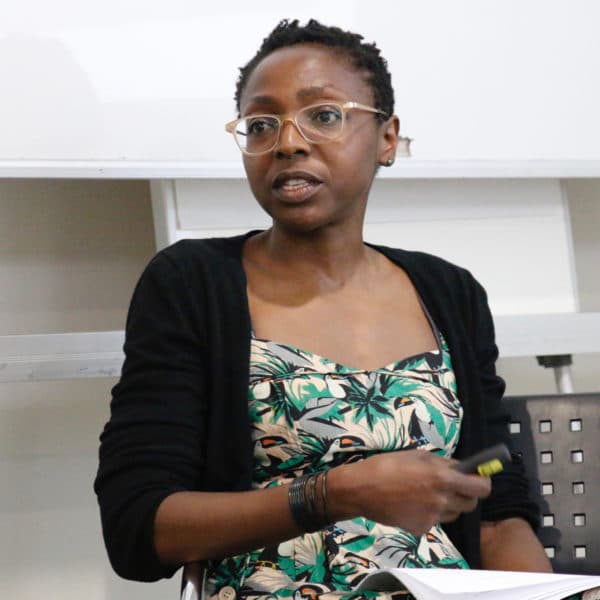Over the past few decades the presence of women in government also called descriptive representation has increased significantly because of a greater acceptance of quotas or reserve seats for women. A large body of literature produced in the global North shows that descriptive representation of women is some circumstances leads to substantive representation, or women representatives’ influence in policy making that have benefits for women. It also increases symbolic representation, or the way in which women’s representation in government contributes to change attitudes of constituents about women as political leaders. In both South Africa and Uganda evidence is emerging that women have not been able to substantively represent women’s interests with regards to policy making, but also in relation to symbolic representation. There is a need to understand power dynamics as well as the obstacles (eg recruitment processes and parliamentary rules) to substantive representation of women in government. This comparative study aims to investigate the specificities of political parties’ recruitment processes, and power dynamics in the legislatures and executives of South Africa and Uganda in order to determine why it is difficult for women to represent women’s interests.
Menu
Project:
Interrogating Women’s Pathways into and Engagement with Political Power in Africa: A Comparative Study of Uganda and South Africa
Related news
Related news
Share this project:
Share on whatsapp
WhatsApp
Share on email
Email
Share on facebook
Facebook
Share on twitter
Twitter
Share on linkedin
LinkedIn
Is any information on this page incorrect or outdated? Please notify Ms. Nel-Mari Loock at [email protected].


